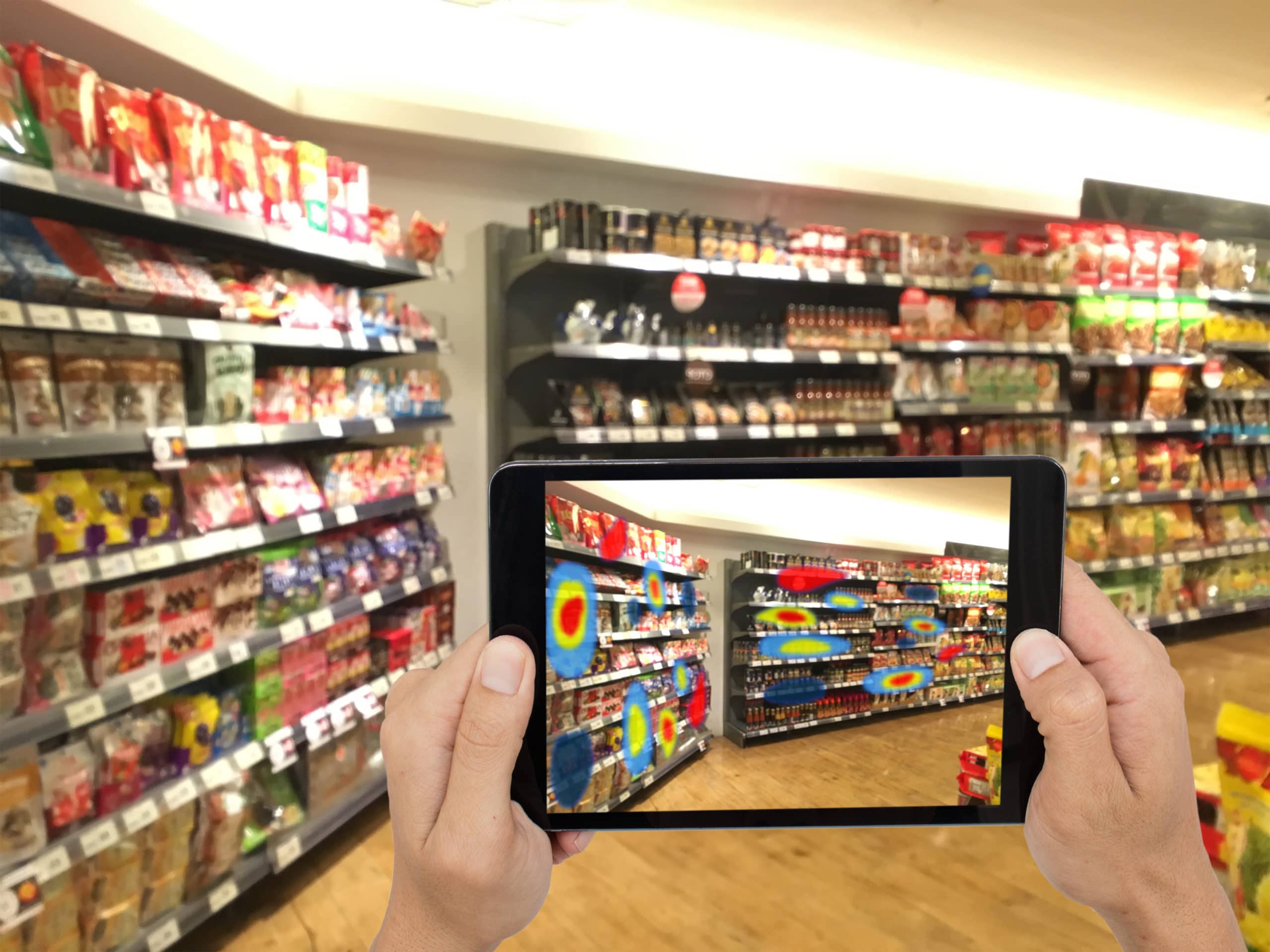Often, a product launch marketing formula involves a step-by-step process, but it should be an ongoing cycle. Continue reading “Does your product launch marketing formula include a shopping app? It should.”
Category: b2b
The 2018 video advertising trends that will shape 2019 and beyond
Out-of-this-world augmented reality marketing campaigns your brand should emulate
Augmented reality marketing campaigns have been slower than expected to take off, and much of this has been due to the lack of AR-compatible mobile platforms. Continue reading “Out-of-this-world augmented reality marketing campaigns your brand should emulate”
How to overcome CPG e-commerce growth challenges via third-party apps
The world of online commerce can be a double-edged sword for consumer packaged goods (CPG) companies. Continue reading “How to overcome CPG e-commerce growth challenges via third-party apps”
The mobile marketing strategy guide for CPG brands in 2018
CPG brand leaders know that the key to building a robust mobile marketing strategy is differentiation. Continue reading “The mobile marketing strategy guide for CPG brands in 2018”
3 innovative location-based marketing strategies that use apps
Location-based marketing strategies create an edge for brands by targeting consumers when they are on the move. Continue reading “3 innovative location-based marketing strategies that use apps”
Mobile shopping trends and the rise of mCommerce in 2018
Despite the rumored demise of the mall, in-store shopping is not dead. Continue reading “Mobile shopping trends and the rise of mCommerce in 2018”
How to optimize mobile technology in the retail industry
What’s Keeping Mom Up at Night?
This Mother’s Day, we decided to look above and beyond what moms are hoping to receive as gifts and dig into the pressing issues on their minds as they raise their children.
In a survey of over 5,600 moms across the country ranging from ages 18-71, Shopkick
uncovered how moms really feel about raising children today, how their values affect their
spending habits, and more. From Millennials to the Silent Generation, from Californians to
Floridians, moms are engaging their children in dialogues about what’s happening in the world and their communities.

On Mom’s Mind
- Biggest Concerns: Physical safety of their children is the #1 concern for moms today (30 percent), followed closely by financial security (26 percent), according to survey results. For single moms, specifically, financial security (33 percent) is the predominant concern, while physical safety remains a close second (30 percent).
- Fostering Conversations: Seventy-five percent of moms are engaging their children in conversations about such current events, with school safety as the #1 topic of discussion (37 percent of moms engaging). Racial equality (25 percent) comes in second, followed by gender equality (11 percent), and presidential politics (8 percent).
- Generational Differences: The up-and-coming generation of mothers in Gen Z are
most concerned with financial security (38 percent), and the most likely to discuss
gender equality with their children (17 percent). Millennial moms place nearly equal
emphasis on discussing school safety and race equality (31 percent and 30 percent
respectively). Moms that fall into the Silent Generation spend the most time of all age groups discussing presidential politics (25 percent) and racial equality with their children (38 percent). - Regional Insights*: New York moms are the most likely (80 percent) to engage in
conversations with their kids about the outlined issues (money, physical safety, online behavior and privacy, health and bullying), topping Florida (78 percent), California (76 percent), Illinois (75 percent) and Texas (73 percent).* Moms in Illinois spend the most time discussing and teaching their children about school safety (44 percent).
Managing the Family Purse Strings
- Shopping Their Values: When it comes to managing household finances, the
overwhelming majority of moms (78 percent) state they shop their values and are
impacted by a brand’s ethics when considering where and what to purchase. However, only 25 percent of moms change where or how they spend based on their political beliefs. - Generational Differences: Silent Generation and Gen Z moms are more likely to adjust their shopping habits based on their political beliefs (35 percent versus 25 percent of moms in the middle generations).
- Regional Insights*: Floridians are the most likely (80 percent) to match their shopping habits with their values and to be impacted by brand ethics. Moms in Illinois are second only to those in California in their likelihood to change where and how they spend their money based on political beliefs (28 percent and 31 percent respectively).
Shopkick conducted a survey of over 5,600 users who self-identified as mothers to uncover the issues of most concern and their shopping decisions. Shopkick classifies age groups as: Silent Generation (over 71), Baby Boomer (54-71), Generation X (42-53), Xennial (33-41), Millennial (20-32), and Generation Z (under 20). The survey was conducted between April 6 and 12, 2018.
*Based on the top 5 states (California, Texas, Florida, New York, and Illinois) in terms of volume of respondents.
Shopkick welcomes new Chief Technology Officer
This week Shopkick is thrilled to announce the appointment of our new CTO, Chethan Visweswar. With more than 20 years of experience in Silicon Valley building large scale enterprise SaaS applications, Visweswar brings deep knowledge in software development, mobile applications and customer adoption for travel, loyalty and enterprise companies.
Some of his recent career highlights include:
- Upleveling company performance: Helping orchestrate business travel software company Deem, Inc.’s growth through product strategy and technology vision.
- Modernizing technology: Leading efforts on Coupa’s first supplier management and analytics products and modernizing the expense product.
In addition to senior roles at Deem, Inc. and Coupa, Visweswar has held engineering and product roles at Merced Systems, Outerbay Technologies (acquired by HP), WebVan, Inc. and Wipro Technologies. He graduated with a bachelor’s degree in computer science from Bangalore University in India.
Welcome to the team, Chethan!
How to improve customer experience in the aisle with third-party apps
Mobile app marketing offers an excellent opportunity to improve customer experience. Continue reading “How to improve customer experience in the aisle with third-party apps”
Why apps are the future of mobile commerce
Innovative mobile apps are laying the groundwork for the future of mobile commerce. Continue reading “Why apps are the future of mobile commerce”












